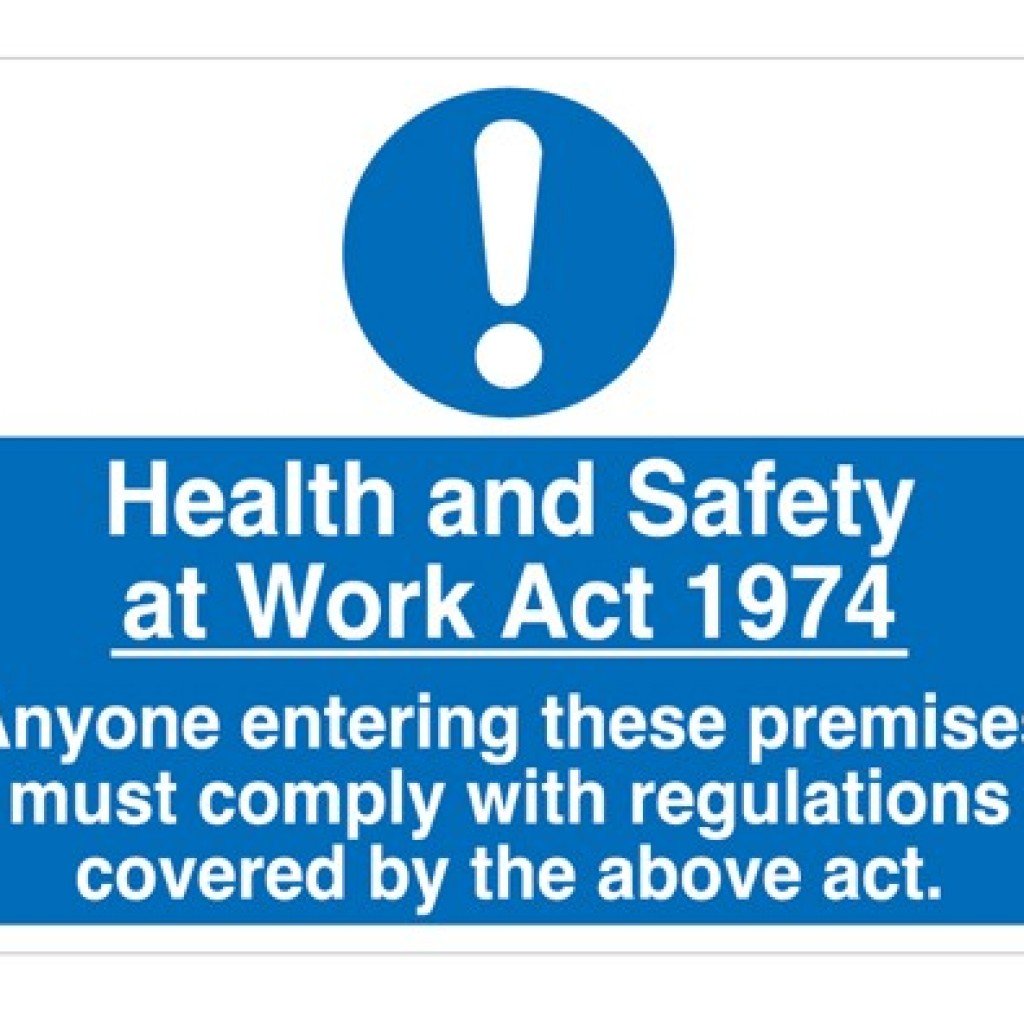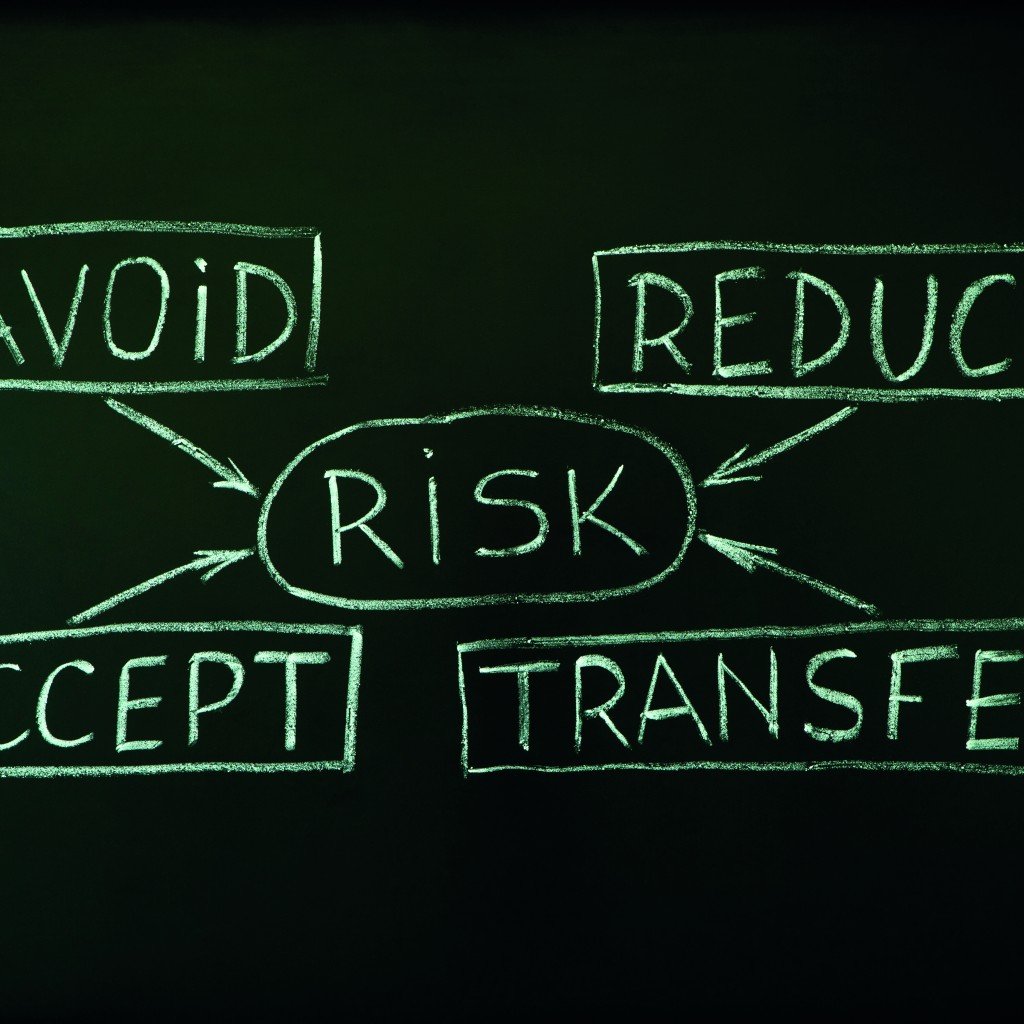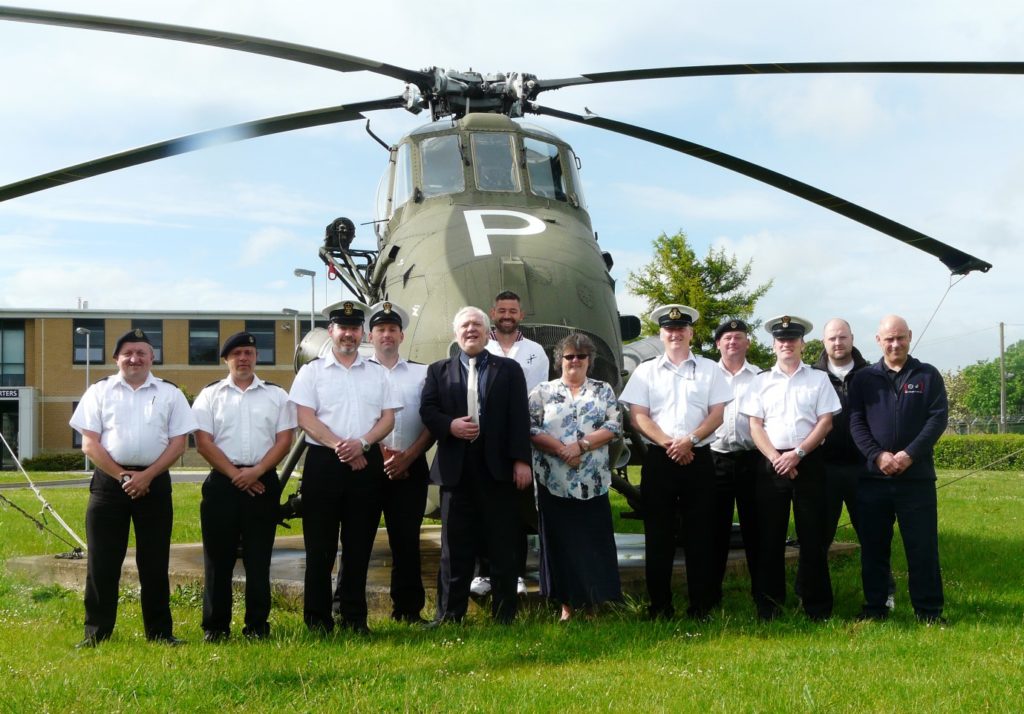New to health and safety and want to know the key skills and responsibilities of a manager in this sector? Rob Gwyther provides the low-down.
Organisations are like organisms: to survive and thrive they need to have effective relationships with the external environment – to take advantages and to repel threats.
Much of what is happening in that external environment is codified into law. Health and safety law is not prescriptive but goal-setting, and the bulk of the obligation is placed on employers, although there are also delicate interfaces with the legal duties placed on others, such as employees, guests, visitors and suppliers.
Complexity of meeting legal goals
 Deciding how to meet legal goals can be very complex. Although there is much published guidance, the interpretation of what is law-abiding is for the employer to decide, hoping to anticipate what regulators and courts of law may think.
Deciding how to meet legal goals can be very complex. Although there is much published guidance, the interpretation of what is law-abiding is for the employer to decide, hoping to anticipate what regulators and courts of law may think.
Legal obligations are placed on board members (or their equivalent). They are considered the “controlling mind” of the organisation, creating the internal environment, creating risks to people’s safety, and in a position to control those risks.
Failure to control risk “so far as is reasonably practicable” (i.e. proportionately) invites sanctions for board members such as imprisonment, or disbarment from holding directorships, or both, in addition to the very large fines which may be imposed on them personally as well as on the corporate body.
For such prosecutions to occur, there does not need to have been an incident such as an accident or an avoidable case of ill health. It is enough that a regulatory body such as the Health and Safety Executive either considers a particular set of circumstances to be unlawful or for them to consider the organisation as a whole to be untrustworthy.
Reverse burden of proof

Health and Safety at Work Act 1974 – the UK’s most important health and safety legislation
A peculiarity of UK law is that, with regard to any debate about whether an organisation has done everything reasonably practicable to meet Health and Safety at Work etc Act obligations, there is a “reverse burden of proof” . In other words, the employer must prove he is innocent, and until he does so sanctions can be applied. This approach has two profound effects on internal relationships within an organisation and on the role of the health and safety manager.
Firstly, it is clear from the wording of the Health and Safety at Work etc Act (and mass of accompanying and subsidiary legislation) that board directors cannot in any respect waive accountability for actions and inactions.
They may – indeed, in such a complex field, they must – delegate. But delegation, even to a qualified health and safety practitioner, does not diminish personal responsibility. Moreover, delegation cannot be applied without at least the following:
- clearly defined areas of responsibility for those to whom duties are delegated;
- adequate means of carrying out duties, e.g. staff, personal training and budgets, depending on the size of the organisation;
- seniority and visible authority for a practitioner required to implement statutory controls;
- continuous interaction of the practitioner with and support from Board members.
Secondly, the person advising on the delegated duties – i.e. the health and safety manager – must be competent to deal with the intricacies of law as well as the practicalities of the working environment.
Chief among those demonstrating competency are chartered members of the Institution of Safety and Health (IOSH). Such a person will then build the internal “health and safety management system” which Board members can use to comply with their personal and corporate obligations.
Building Health and Safety Culture
 Organisations are required by law to have open and regular access to health and safety expertise and this is usually undertaken by the employment of one or more health and safety practitioners.
Organisations are required by law to have open and regular access to health and safety expertise and this is usually undertaken by the employment of one or more health and safety practitioners.
The seniority, visibility and authority necessary to make this role effective usually suggests the job title, “Health and Safety Manager”, although senior titles such as “Director of” and “Head of” are also common.
The role has added value in demonstrating ethics, assisting business continuity, and reducing the cost and disruption of unnecessary incidents.
Over time also, practitioners will enable the board to promote and achieve a “health and safety culture” – that is, a set of shared values and beliefs within an organisation about how work and relationships should be conducted. In this way, safety provides not only a high level of protection for stakeholders but also good morale and confident growth.
Depending on the level of statutory compliance existing when a health and safety manager is first appointed, and the continuing level of personal commitment and support from board members, it can take a long time to achieve a health and safety culture, a journey of at least five years, according to the Confederation of British Industry.
The contribution of such practitioners is essential at every step of this journey to ensure that Directors and others understand their responsibilities and how to meet them.
Level of Compliance

Compliance is an effective means with which to develop a baseline so that growth toward a health and safety culture can be measured.
Not every breach of legislation is subject to enforcement action by the Health and Safety Executive (although every breach will invite a “fee for intervention” if an Inspector visits).
HSE inspectors have latitude in selecting the type of action to take in any situation and, if it can be demonstrated that an organisation has a baseline together with a plan for progress, then this will impress the Regulator and influence decisions about enforcement.
In addition, a plan will demonstrate the consequences of further investment, and show everyone in the organisation that there are clear goals and transparently measured steps toward those goals.
Business Plan
 The health and safety manager works with the board to:
The health and safety manager works with the board to:
- advise on current levels of compliance with legislation;
- consider good practice and “whole life” ambitions over and above legislative requirements;
- set targets;
- describe steps for growth toward targets;
- suggest timelines and priorities;
- identify the costs of agreed action, and highlight the risk associated with inaction.
In this way, the “health and safety business plan” integrates with and contributes to the overall business plan for the organisation.
Milestones can be reported regularly and summarised in the annual report.
Policy and Responsibilities
 The structure of every health and safety policy is defined by law. Following a “statement of intent” by the chief executive, employers are required to describe how they will organise health and safety and to whom delegated responsibilities will be given.
The structure of every health and safety policy is defined by law. Following a “statement of intent” by the chief executive, employers are required to describe how they will organise health and safety and to whom delegated responsibilities will be given.
There must follow detail of the “arrangements” necessary for implementing the policy – both managerial arrangements, such as the processes for consultation with staff, and technical arrangements for dealing with the wide sweep of practical activities, such as lone working, exposure to substances, first-aid, and so on.
Employers seek the help of health and safety practitioners for writing the policy and keeping it updated. A mass of subsidiary legislation must be condensed into short and easily understood procedures that are pertinent, practical, accessible and readable.
Competency
 Each person needs to be competent to carry out their duties, and aware of their skill limitations.
Each person needs to be competent to carry out their duties, and aware of their skill limitations.
For this purpose, the health and safety manager will define the competencies required and arrange a “training needs analysis”.
Line managers have delegated to them a profound continuous responsibility for ensuring that the health and safety policy is observed and enacted.
This derives from an explicit duty placed on them by Section 37 of the Health and Safety at Work etc Act. To meet this core responsibility, line managers themselves need to be trained in health and safety. Most find this a stretching and rewarding aspect of their role, although some are daunted at first.
Checking
 The health and safety manager will use a host of proactive identifiers to check compliance with legislation and policy, and to identify progress toward targets.
The health and safety manager will use a host of proactive identifiers to check compliance with legislation and policy, and to identify progress toward targets.
Checks will reveal weaknesses in the health and safety management system, which can then be repaired; good work will also be highlighted by proactive checking, and those involved can be congratulated.
In addition, simple inspections should be made of everyday matters such as tidiness, use of drugs, and use of the correct protective equipment.
“Incidents” are the consequence of things going wrong. For complex events, “fault tree analysis” is undertaken to identify an underlying point of weakness – perhaps a failure to invest in a particular matter, perhaps inadequate training in some quarter, perhaps the fault of an individual through stress or fatigue.
For some incidents, definitions are given in law, but for others such as “near miss”, it is up to the organisation itself to devise the most appropriate definition.
Line managers should be trained to investigate incidents, calling upon expertise from, for example, engineers or doctors as required. The health and safety manager should be promptly made aware of all incidents, and will wish to investigate the most serious incidents, and should always be the point of liaison with external bodies such as the Health and Safety Executive.
Summary
Health and safety legislation in the United Kingdom requires employers to take action which is proportionate to the risks they create. Other people have duties too, and in particular line managers carry a weight of delegated responsibility.
Understanding how these actions and responsibilities apply in specific workplaces can be very complex, but there are huge benefits to be accrued from creating workplaces that are happy and productive.
We are trebly blessed in this country:
- The law is proportionate, constructive and fairly applied.
- Our health and safety institutions, such as the National Examination Board in Occupational Safety (NEBOSH) and the Institution of Occupational Safety and Health (IOSH), have global renown for the quality of their education of workers, managers and directors, and for their support of those who go on to become health and safety practitioners, ultimately as Chartered members of IOSH.
- Dignity at work reflects the values of our nation.
The health and safety manager will enable employers and all duty-holders to understand, share, apply and uphold those 3 attributes.
 Rob Gwyther (pictured centre in suit and tie) BA(Hons) CFIOSH MCMI FIWater is a Chartered Health and Safety Practitioner, MANE Consultancy Services
Rob Gwyther (pictured centre in suit and tie) BA(Hons) CFIOSH MCMI FIWater is a Chartered Health and Safety Practitioner, MANE Consultancy Services
Advance your career in health and safety
Browse hundreds of jobs in health and safety, brought to you by SHP4Jobs, and take your next steps as a consultant, health and safety officer, environmental advisor, health and wellbeing manager and more.
Or, if you’re a recruiter, post jobs and use our database to discover the most qualified candidates.









